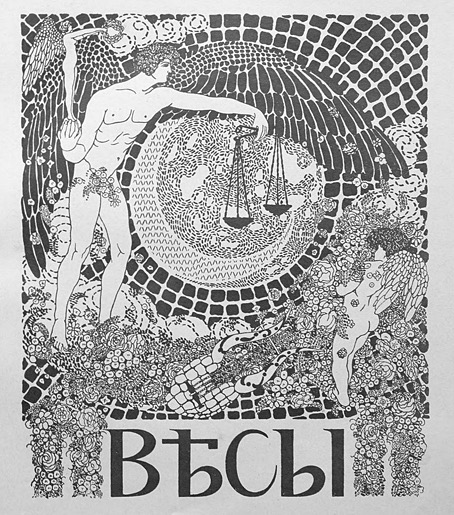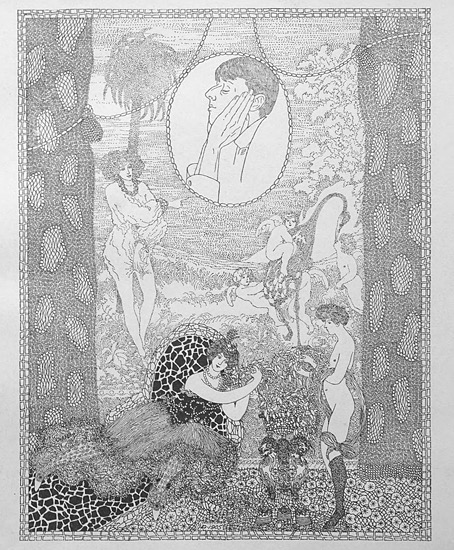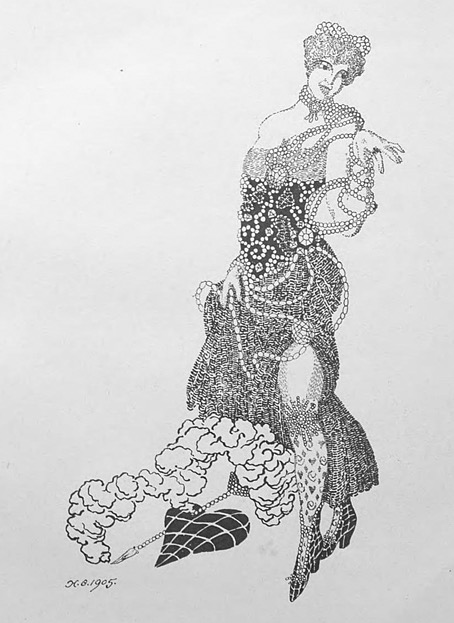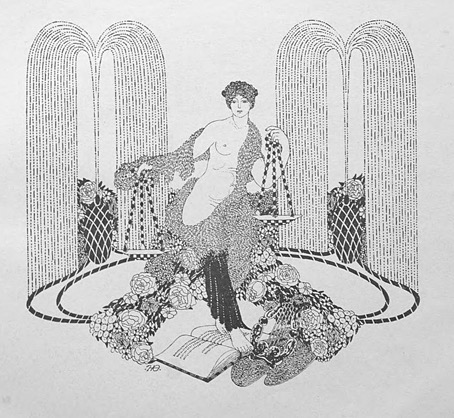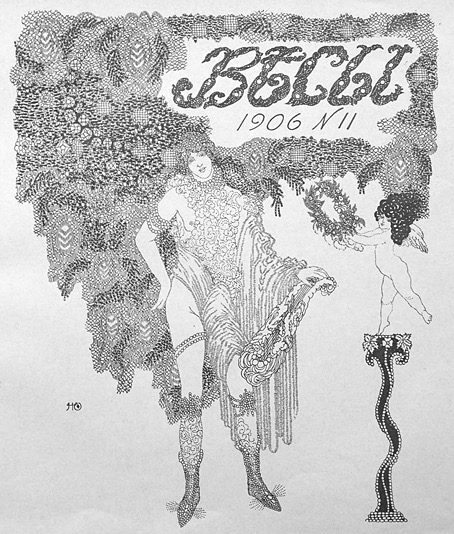
When one of the illustrations below turned up recently at Enchanted Booklet I had to go looking for its source. The Population of an Old Pear-Tree (1870) is a translated edition of a book by Ernest van Bruyssel (1827–1914), a Belgian writer whose life and work isn’t very well-documented on Anglophone websites. The back of the book does however list his other translated titles, most of which appear to be historical novels. Pear-Tree‘s illustrations are credited to one “Becker”, an even more obscure individual who turns to be Léon Becker (1826–1909), a Belgian artist.

Bruyssel’s book is an account of insect life intended to stimulate an interest in tiny creatures for a youthful readership. The narrator describes himself in the opening chapter undergoing a metamorphosis (it later becomes apparent that he’s fallen asleep in his favourite meadow) which gives him a new appreciation of the insect world. The chapters that follow explore a wide variety of insect life, accompanied by Becker’s engraved illustrations. The book isn’t a scientific study—the insects are anthropomorphised into various “tribes”—but Bruyssel avoids the cuteness that often bedevils writing about animals; the destructive habits of locusts are noted in one of the chapters. At the end of the book the narrator is roused from sleep by an entomologist, an ecnounter which leads the pair to discuss their different points of view, one scientific, the other romantic. Bruyssel’s narrative is an argument for generating sympathy in the subject by applying a degree of romance to a field of purely objective study. Léon Becker followed this with an entomological romance of his own, An Alphabet of Insects, in 1883.



Continue reading “The Population of an Old Pear-Tree; or, Stories of Insect Life”


